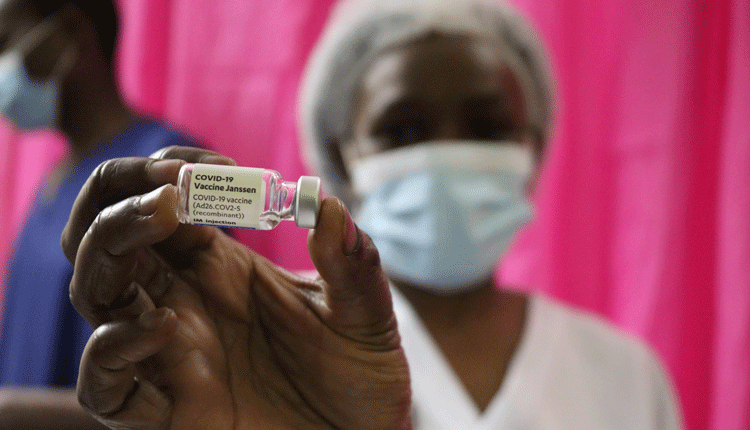Kenya’s exports rebound, driven by tea, horticulture

Lewis Njoka @LewisNjoka
Kenya’s merchandise exports hit a fresh record high in the last 10 months, registering a 2.8 per cent growth between January and October compared to 2019, driven by increased production and export of tea, horticulture and nuts
This is in contrast to the two months, April and May this year, where exports contracted due to the Covid-19 containment measures including cessation of flights into and out of the country.
Between January and August the growth in exports was 0.8 per cent compared to same period last year.
Latest data from Kenya National Bureau of Statistics (KNBS) shows that for the month of August the value of country’s exports stood at Sh54.16 billion.
Speaking during the monthly Monetary Policy Committee (MPC) meeting on Friday, Central Bank of Kenya (CBK) Governor, Patrick Njoroge, said the rebound in exports was mostly driven by a strong recovery in the agriculture sector.
“What really underlay this rebound? Perhaps it’s tea exports. There was increased production and minimum disruption in supply chain with regards to tea,” he said.
Same period
Between January and October the volume of tea exported increased by 23 per cent while the value increased by 13 per cent to stand at $1036 million (Sh114 billion) compared to $915 million (Sh100.7 billion) realised same period 2019.
By the end of September, tea production had increased by 33 per cent, compared last year.
Similarly, horticulture registered a remarkable improvement, according to Njoroge, with the volume of vegetables exported between January and October up by 66 per cent and while their value rose by 17 per cent.
“Horticulture has also normalised and also rebounded well after normalisation of demand in purchasing countries and adequate cargo space due to the return of normal travel,” he said.
Njoroge said the flower sector too has been recovering well compared to last year except in June where 2019 witnessed abnormal growth in exports due to production constraints in other competing countries which meant posting a reduced growth in June this year.
In October Kenya exported 10,724 tonnes of cut flowers compared to 10,097 same time last year, according to CBK data.
Over the 10 month period, fruits and nuts exports rose 45 per cent by volume while their value rose by 3.7 per cent.
“The bottom line is these were the principal drivers of the export rebound we are speaking of but there has also been good progress in other products,” said Njoroge, referring to tea and horticulture.
Imports, on the other hand have declined over the 10 month period, mostly due to a drop in oil imports which declined 13 per cent even as international oil prices declined over the period.
Data from KNBS shows that Kenya’s total imports for August stood at Sh137.8 billion.
Murban oil
“Currently, the price of Murban oil, which is our benchmark oil, is at $44.2 per barrel, which is a far cry from where it was a year ago,” Njoroge said.
Similarly, the import of manufactured goods declined by nine per cent while that of machinery declined by 16 per cent.
Only the import of chemicals registered growth, three per cent, over the ten month period.
“On the whole even as oil dominates, the other indicators, boldly speaking, have also declined,” Njoroge said.
Kenya’s expenditure on imports in July rose 14 per cent month-on-month to Sh138.76 billion, signalling increased trade activity in the economy as countries continue to ease measures put in place to reduce the spread of Covid-19.















